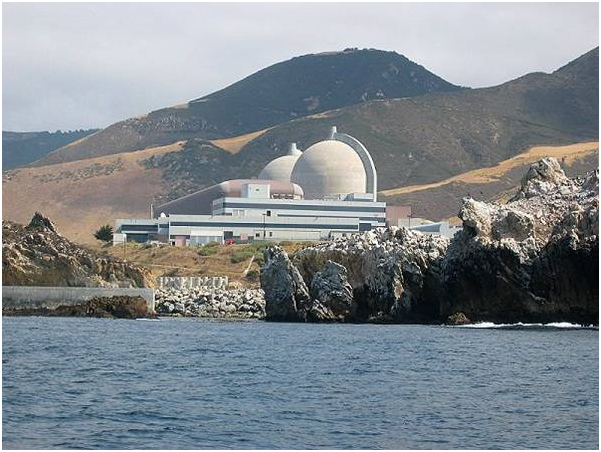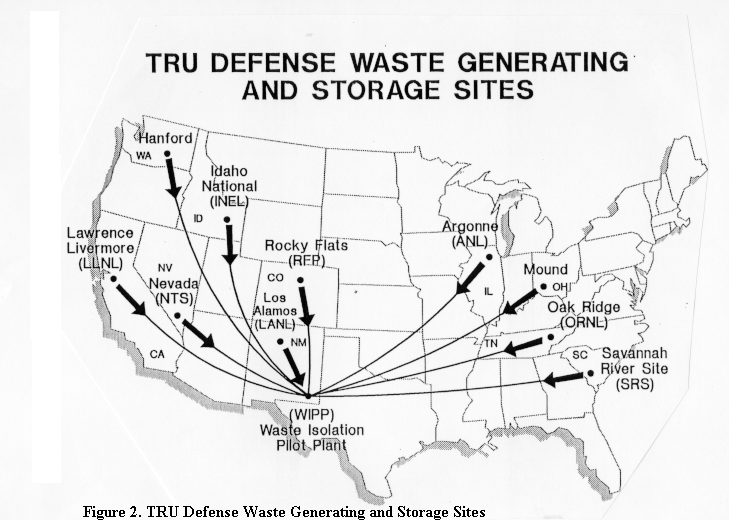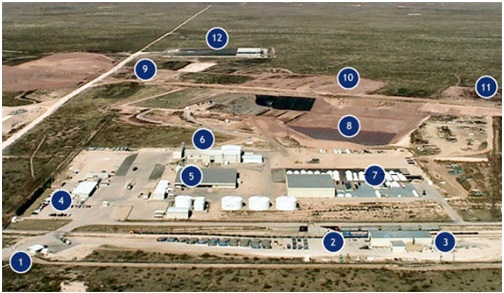I have blogged before about the involvement of nuclear technology and fuel in international affairs. Major nuclear nations like France, Japan, China and Russia are dedicating resources to make the export of nuclear technology and fuel a major part of their future trade programs. The BRICS nations, (Brazil, Russia, India, China and South Africa) are banking on nuclear reactors for as major sources of domestic energy. They are planning and constructing reactors and sharing some nuclear technology.
Japan suffered the Fukushima nuclear disaster in March of 2011 and turned off all of their nuclear reactors. In spite of widespread public rejection of nuclear power, the Abe government is determined to restart the Japanese reactors and to export nuclear technology and fuel to boost their economy.
India has major problems with energy generation. Brownouts and blackouts are common and projected to get even worse. India is hoping that nuclear reactors will help solve the problem. They are working on conventional reactors as well as working on creating reactors that could burn thorium as a fuel. India has vast reserves of thorium.
India did not sign any of the international nuclear non-proliferation treaties because they consider nuclear weapons a necessary deterrent to Pakistani nuclear weapons. The U.S. and India worked out an arrangement in 2008 to put safe guards in place to insure that any nuclear technology that the U.S. shares with India will not be diverted to nuclear weapons programs.
Now India and Japan are discussing a working relationship to cooperate in the development of peaceful nuclear power for India. India recently elected a new government headed by Prime Minister Modi who is known as a strong conservative. India is seeking investments from Japan and working to calm Japanese fears of nuclear proliferation. Japan wants detailed written guarantee from India to limit nuclear weapon tests and they also want close inspections of India’s nuclear facilities.
Indian Prime Minister Modi is traveling to Japan to meet directly with Japanese Prime Minister Abe to discuss nuclear cooperation next week during a five day visit. This is the first visit of Modi to Japan since he was elected. The press has announced that no new agreement will be signed during the visit. One of the main topics that will be discussed at the meeting is the belligerent rise of Chinese militarism in South East Asia. India is interested in a new amphibious aircraft built by Japan. Japan’s Abe is seeking to expand its network of security partnerships to counter China.
Japanese nuclear technology companies are eager to gain access to the Indian nuclear power market. Their industry has suffered since Fukushima shut down the domestic Japanese reactors. India’s twenty nuclear power reactors now supply about two percent of India’s electricity. The government hopes to build almost thirty new reactors that would allow nuclear power to make up almost thirty two percent of India’s power needs.
I find this movement of major nuclear exporters to focus on less developed and third world countries for their future nuclear technology market disturbing. There will be problems with nuclear proliferation, corruption, lax regulation and more big accidents that will turn the world against nuclear power.




